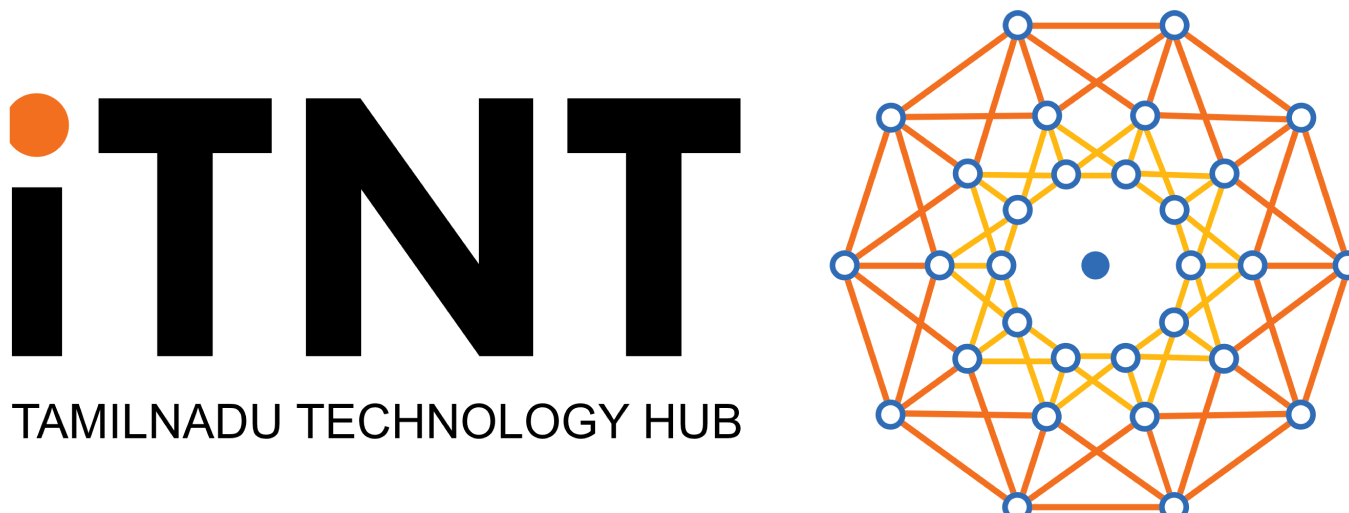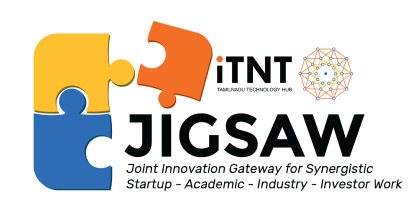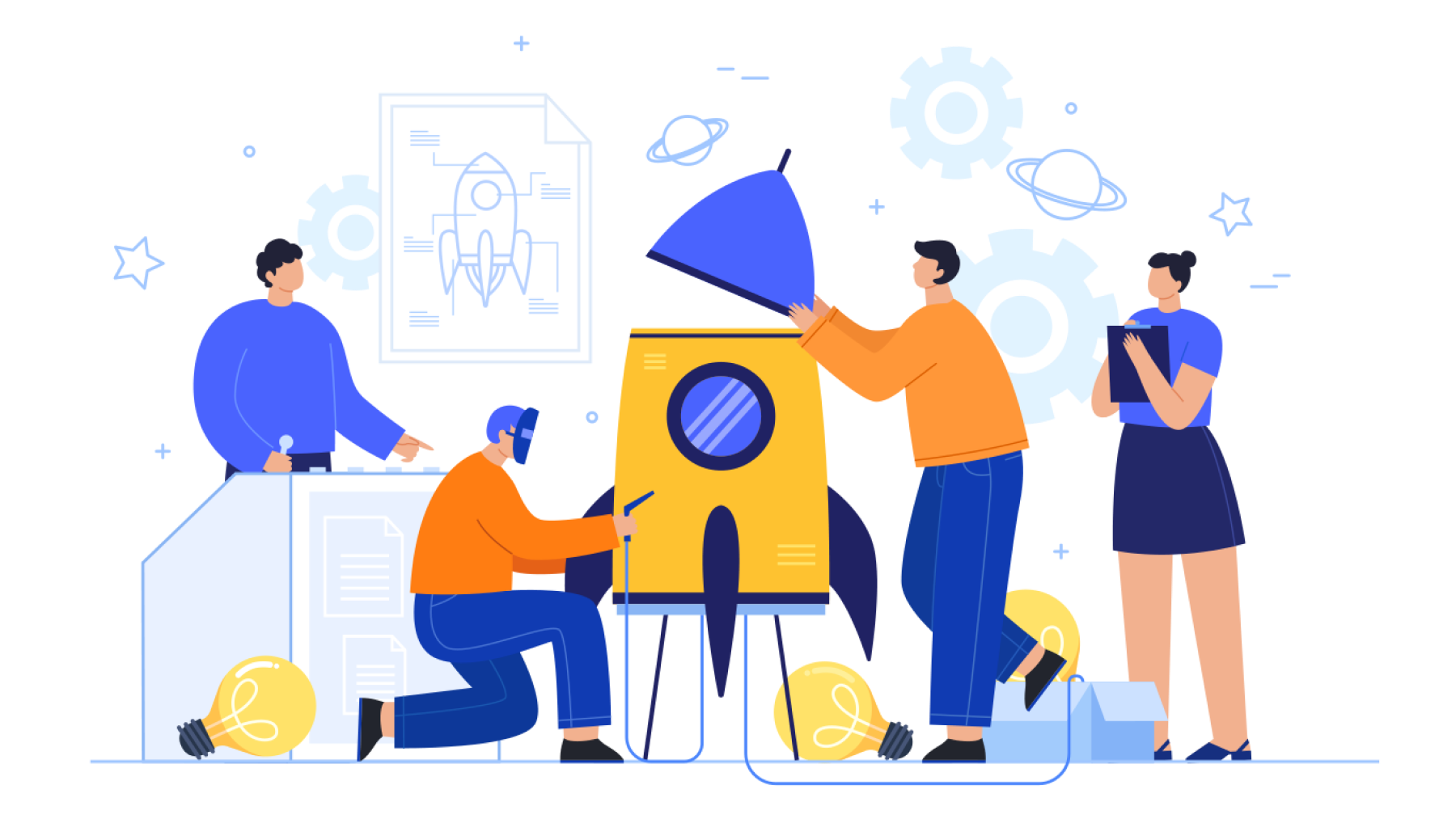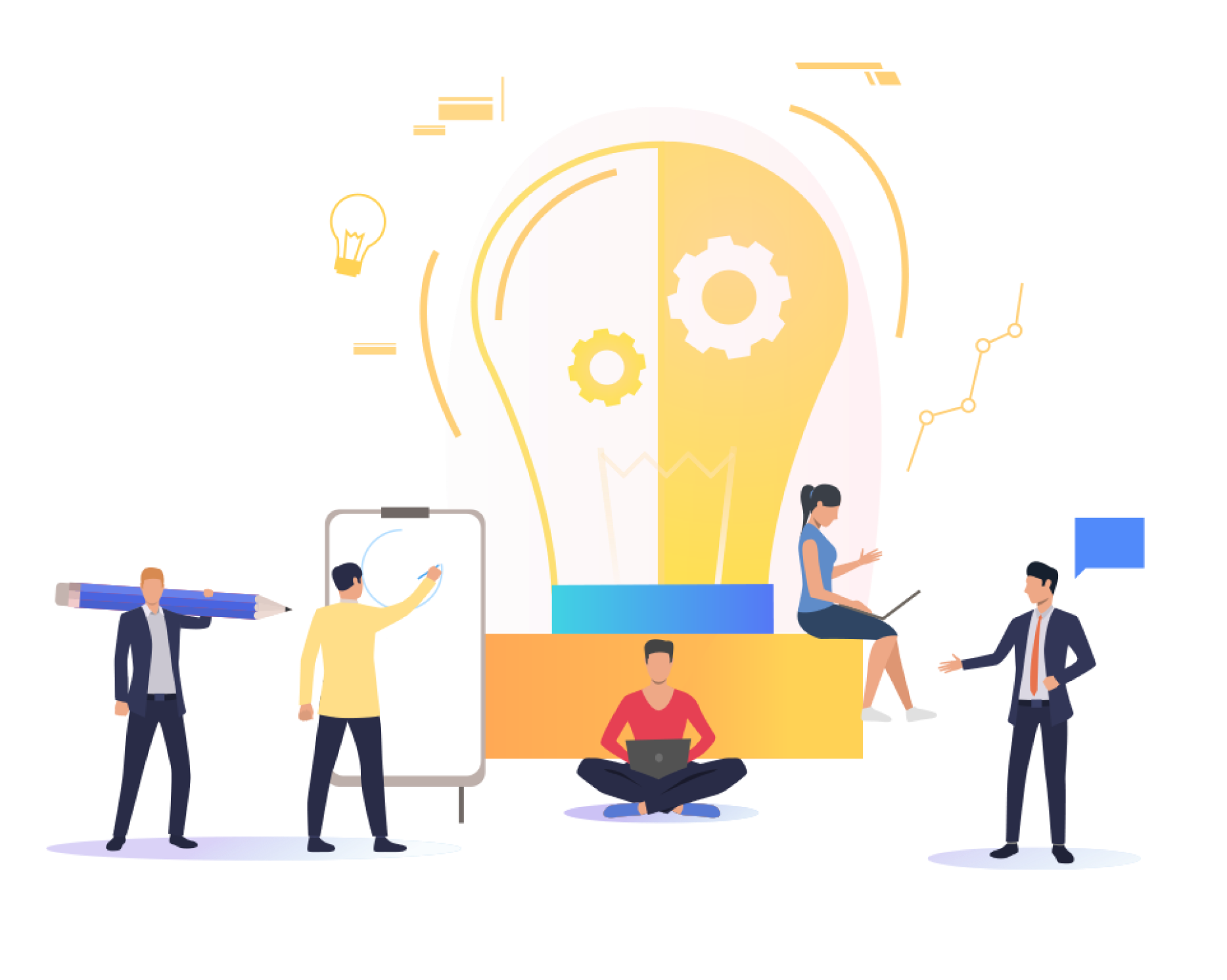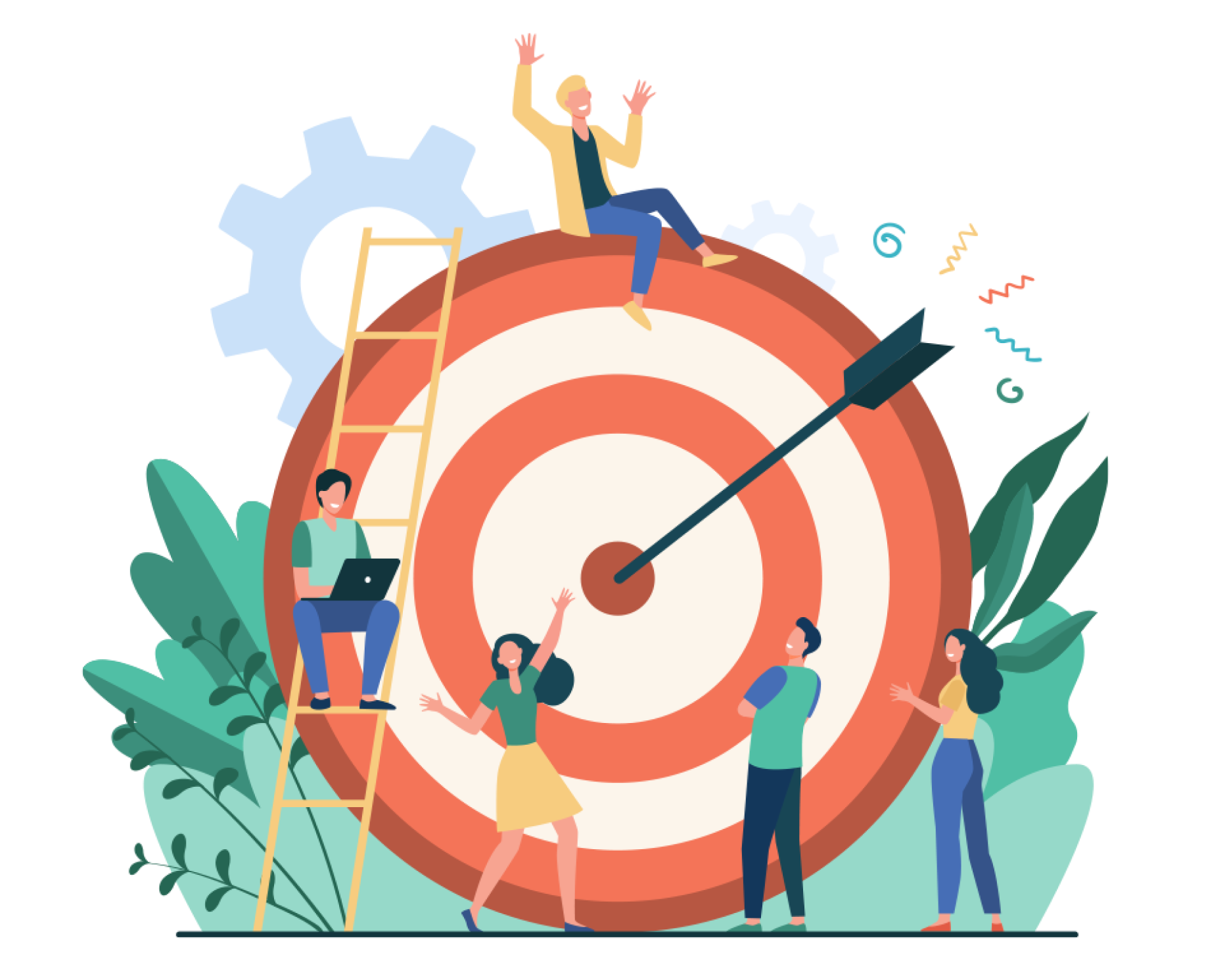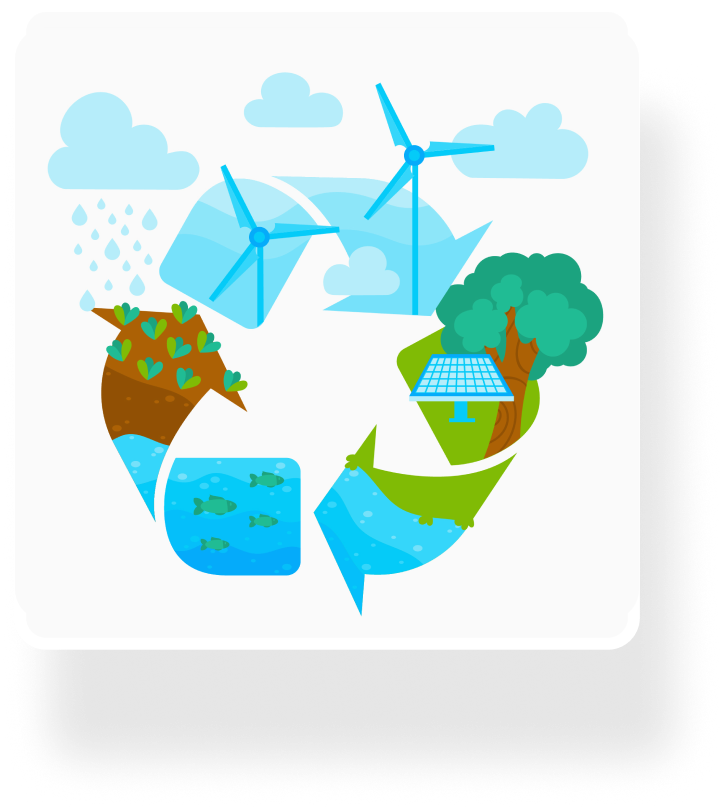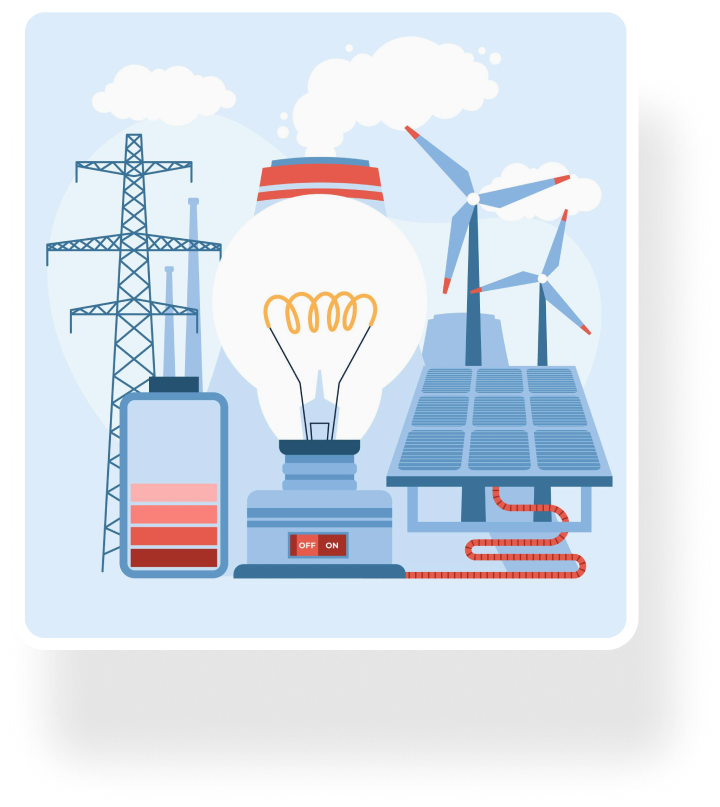Advanced Personalized Healthcare Using AI and IoT
Problem Statement: Create an AI and IoT-based public health system that can analyze large-scale health data to identify trends, predict outbreaks, and personalize public health interventions.
Objective: Enhance public health response by integrating data from various sources, using AI for predictive modeling, and providing tailored health recommendations and interventions.

Smart Manufacturing with AI-Driven Predictive Maintenance
Problem Statement: Develop an AI and IoT-enabled smart manufacturing system that optimizes production processes and implements predictive maintenance for industrial equipment
Objective: Increase operational efficiency, reduce downtime, and extend the lifespan of machinery by using AI to predict failures and schedule maintenance proactively.

AI and IoT for Real-Time Data Analysis and Decision Making
Problem Statement: Develop a system that integrates AI and IoT to collect, analyze, and act on real-time data from various sources across industries
Objective: Enhance decision-making processes across multiple sectors by providing timely and actionable insights based on real-time data analysis
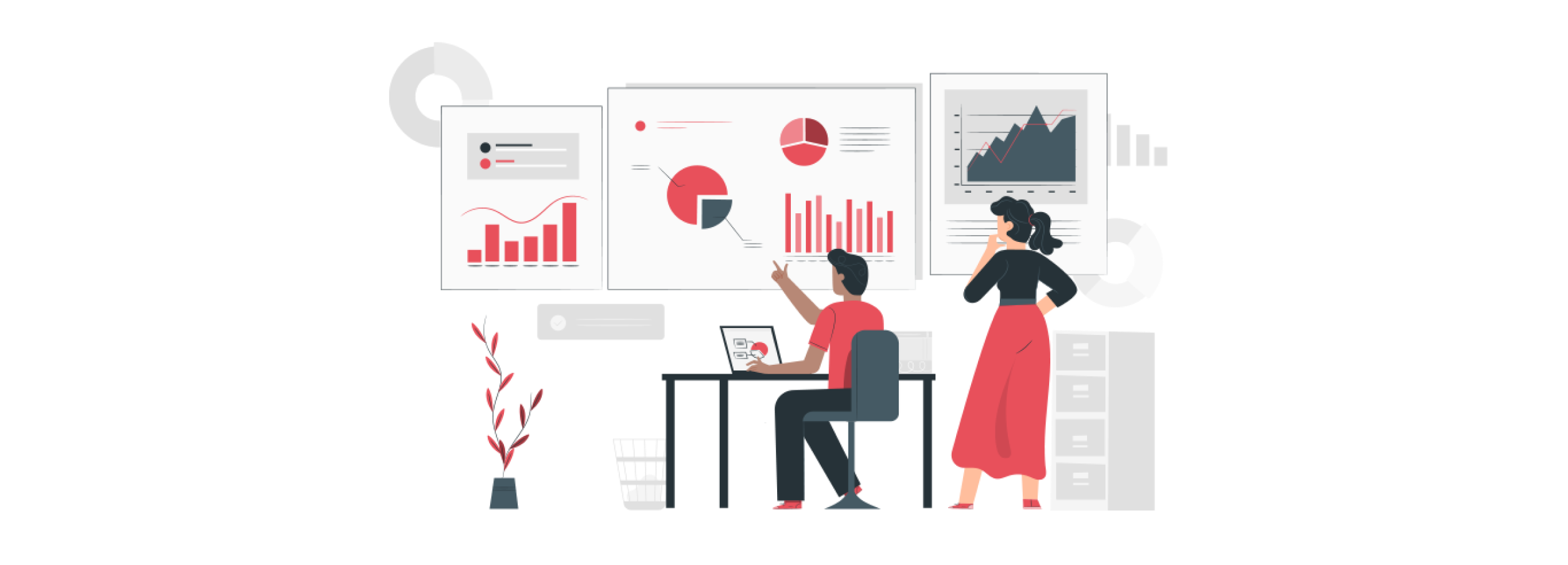
Smart Home/Village/City Automation for Energy Efficiency
Problem Statement: Design a simple yet effective IoT-based system that enhances energy efficiency in homes/Village/City by automating appliance usage and monitoring energy consumption.
Objective: Create a user-friendly system that reduces energy waste and optimizes appliance usage based on real-time data

Resource Consumption Reduction
Problem Statement: Excessive use of resources like water, energy, and raw materials leads to environmental degradation.
Solution: IoT sensors can monitor resource usage across operations (e.g., industrial processes, buildings). AI analyzes this data to identify areas of waste and suggests optimization strategies. This can lead to reduced water usage, lower energy consumption, and minimized material waste.

Pollution Monitoring and Control
Problem Statement: Air and water pollution pose significant environmental and health risks.
Solution: IoT sensors can be deployed in factories, vehicles, and agricultural settings to monitor air and water quality in real-time. AI can analyze sensor data to identify pollution sources, predict emission trends, and trigger alerts for corrective actions.

Sustainable Waste Management
Problem Statement: Inefficient waste management practices lead to overflowing landfills and environmental contamination.
Solution: IoT sensors can track waste levels in bins and compactors. AI can analyze data to predict waste generation, optimize collection routes, and suggest strategies for waste reduction, recycling, and composting.

Supply Chain Transparency and Efficiency
Problem Statement: Lack of transparency in supply chains can lead to unethical sourcing practices and environmental damage (e.g., deforestation).
Solution: IoT sensors can be integrated throughout the supply chain (e.g., on raw materials, finished products). AI can analyze data to track product provenance, identify potential sustainability risks (e.g., labor abuses), and optimize logistics for reduced transportation emissions.

Circular Economy Practices
Problem Statement: Linear "take-make-dispose" models contribute to resource depletion and waste generation.
Solution: AI can analyze product lifecycle data to identify opportunities for product design with repairability and recyclability in mind. Additionally, AI can optimize reverse logistics for efficient product return, refurbishment, and re-entry into the market.

